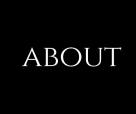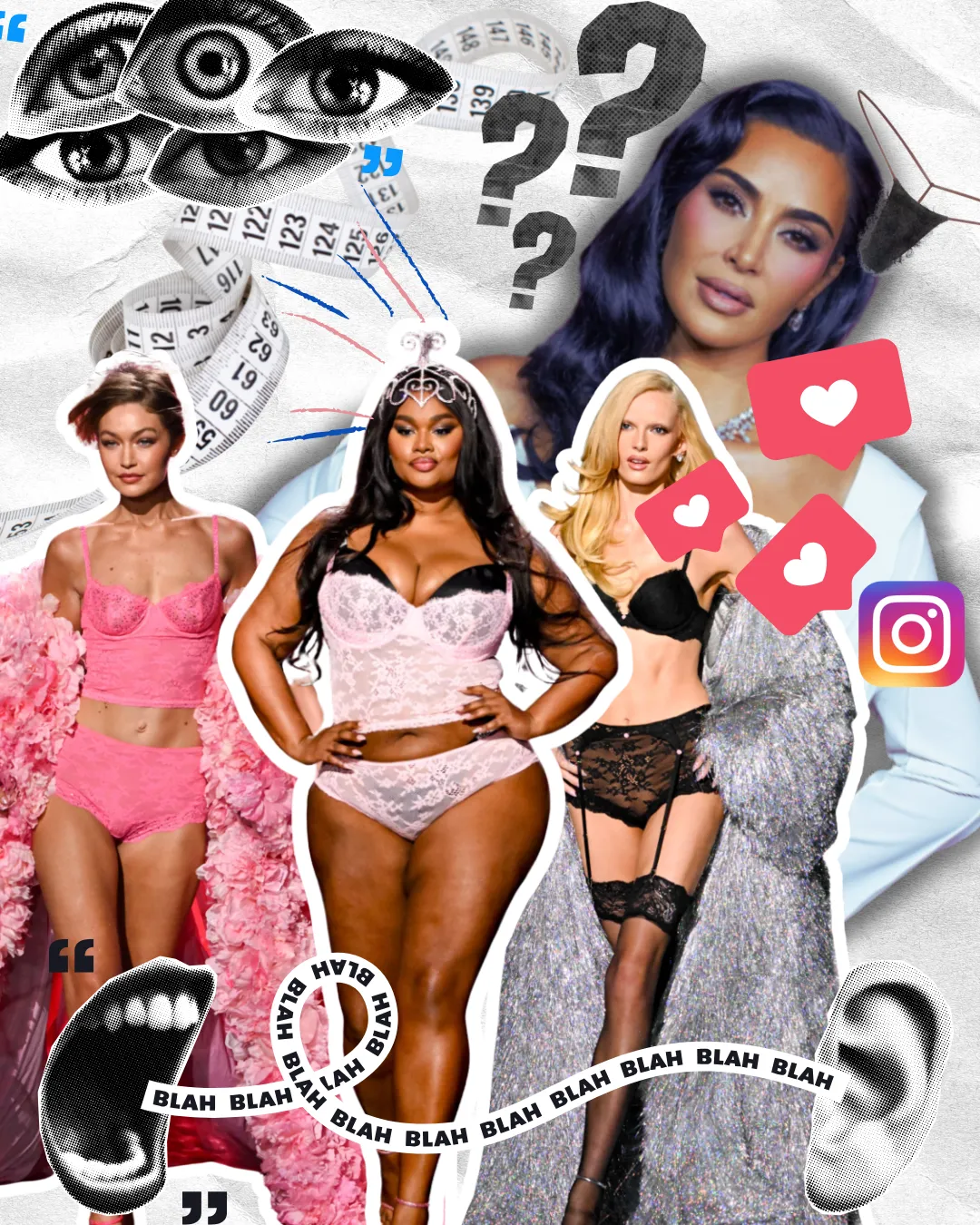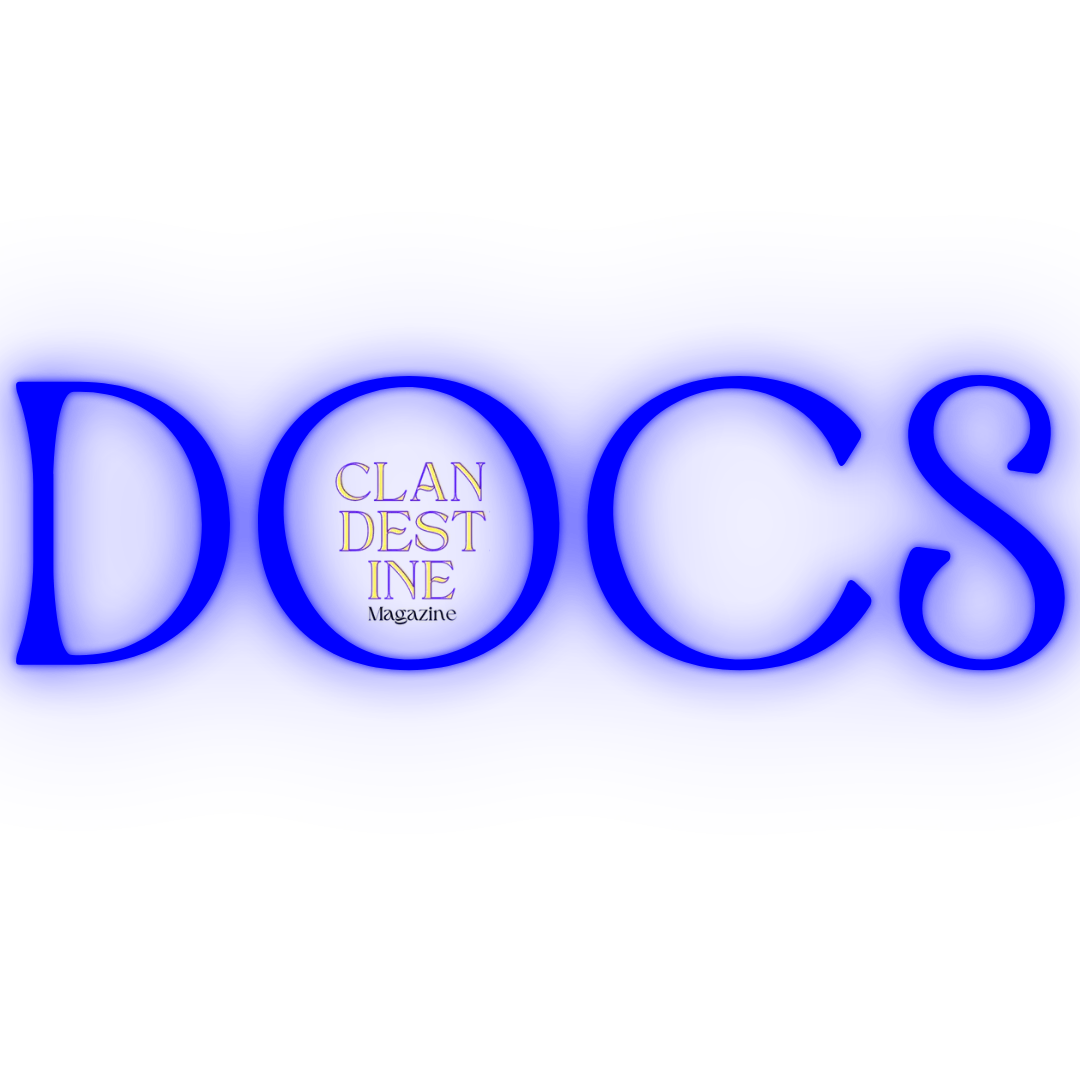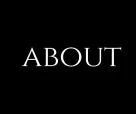Kim Kardashian has broken the internet again– but this time it’s with fake pubes, not latex.
“How funny are these merkins!” the Skim’s CEO chortled, holding up a pair of her line’s latest release to the camera: faux pubic hair underwear.
The reaction has been mixed. Some think it’s marketing brilliance; others are worried she’s lost the plot.
It’s capitalism to the C. Women spend thousands on hair removal just to look like the Kardashians, only to have their hair sold back to them. Genius.
But the madness of a thong that quite frankly looks like a dead rat sums up the confusion of a current cultural moment which is perhaps less funny Kim K realises.
Let’s start with Wednesday’s Victoria Secret Fashion Show. The dazzling display of supermodels has had a complete revamp since it was axed in 2019 following transphobic and fatphobic comments from then-Chief Marketing Officer, Ed Razek. Its relaunch last year saw the show redefined, as it proudly featured all types of bodies.
In 2024, there was backlash: not enough boobs and bouncy blowouts. “We can see ourselves in these models,” said women around the world, “but we can’t see ourselves as sexy.” If diversity can’t wear skimpy Victoria’s Secret lingerie, then what’s the point?
This year was seemingly an attempt to level-up, as corsets and sequins made an unapologetic return. Transgender model Alex Consani wore her daring red angel wings alongside usual suspects Gigi Hadid and Alessandra Ambrosio, and WNBA star Angel Reese made history as the first pro athlete to walk in the show.
But as encouraging as these signs of progress are, why are we– only now, in 2025– applauding? Surely a retailer as culturally prominent as VS should have known better a while ago?
When you look at from that angle, this year’s show suddenly feels a lot less like diversification and a lot more like a company trying to save its reputation. Having to backtrack all those years of promoting thinness and whiteness as points of aspiration when your competitors were embracing diversity must be difficult, to be fair.
This isn’t the new Victoria’s Secret. Rather, this seems to be the Victoria’s Secret of a new age in which their previous cultural imprint doesn’t stand a chance. The fact of its relaunch is a sad allusion to its own failures.
The show is a relic of the supermodel era of the 2010s, and should probably remain that way (for its own sake more than anything else). For viewers, we can admire the flawless figures of the old shows as a spectacle of unrealistic standards, and be comforted that that’s exactly what they are– and nothing more.
Even the brand itself feels dated, belonging to the days where, as body-dysmorphic teenagers, we would gawp over the double Ds that could be magicked up by a Bombshell bra– and cross our fingers that one would appear in our stocking next to an EOS lip balm and a signed copy of Girl Online at Christmas.
As a fabulous ELLE article points out: does anyone actually care now?
But the funny thing is, as more inclusive beauty standards begin to reverse themselves, maybe Victoria’s Secret would stand a chance.
Everything those post-VS-show years aimed to improve has reared its ugly head elsewhere, as body positivity becomes yet another false-promise filled buzzword. Data produced by Vogue Business shows the reality of runways in New York, London, Milan, and Paris– and the results are staggering. Size diversity has stalled. Racial diversity has plateaued. Gender diversity beyond the binary is inconsistently embraced.
Victoria’s Secret as a brand has to watch from the sidelines– either chuffed that the initial impossible standards they endorsed still prevail, or cursing themselves because the damage they’ve already done means that, ironically, they can’t join in.
It’s not just high fashion. Trends trickle down. M&S may have managed to move their brand away from cardi-clad old biddies, but were caught out when their advert was banned earlier this year for featuring a model who appeared “unhealthily thin”.
We see an item of clothing look good draped over an emaciated model (because, according to a viral Instagram reel, “skinny is the outfit”), and then we wonder why it doesn’t fit the same. It’s fine, we might say to ourselves, they’re models who are paid to look like that anyway. We move on, return it, buy a size up.
But when skinny seeps into the data of the algorithm, it descends from the heavens of high fashion to become folded into the granules of everyday life.
Thin is back in, the heroine-chic of the 90s manifesting itself in #SkinnyTok. But at least it brands itself as such. The real danger comes when food restriction and excessive exercise masquerades as ‘wellness’. We all thought Gwyneth was bonkers all those years ago, but now is no different. It’s just packaged as fibre and cottage cheese, not a multi-day raw goat’s milk cleanse and a vagina-scented candle.
Oh, and Ozempic.
“Pilates arms” are taking over from the muscly gym girl aesthetic, because apparently everyone’s been eating too much and should now be drinking 10,000 gallons of water and walking to Timbuktu and back to get our steps in.
Even the strength-training boom of the Covid years, which supposedly did so much to promote strong as beautiful, had its own criteria in the form of, well, protein. But what if protein doesn’t want to be in everything? Has anyone asked him that?
The bottom line is that there is just SO. MUCH. NOISE. And it’s impossible not to get sucked in. The tale of media aesthetics is one of competing and confusing ideas, where trends constantly eat each other while at the same time convincing their victims to eat this, or that, or nothing at all. Put one scrolling finger wrong and you’re immersed in a world where ‘normal’ still isn’t enough.
How do we solve all of this? How can we protect, promote, and maintain body diversity and normal standards? These were the big questions Kim Kardashian raised as she sat in a big pink fluffy chair at the head of the Skims board meeting this week.
Ah yes. Thongs with fake pubes Pritt-sticked onto them.
“With this iconic new panty, your carpet can be whatever colour you want it to be.”
Um, cheers Kim, but I’ll spare the 40 quid and grow my own.





















